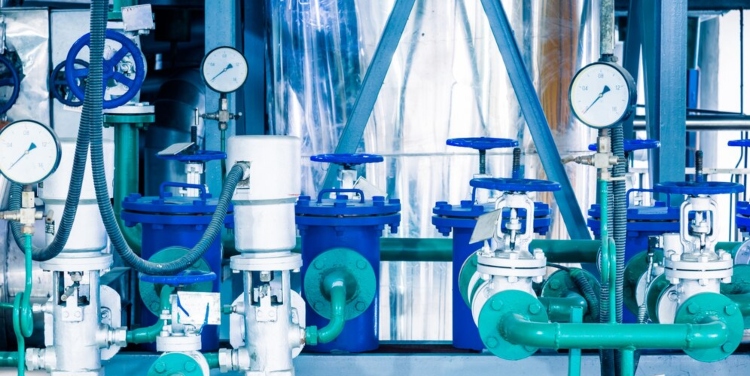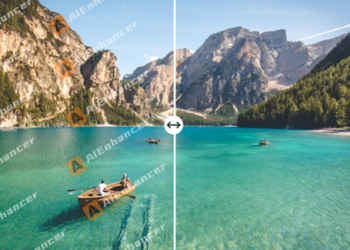In this article we will discuss some factors that you should take into account for the preparation, installation work and commissioning of each hydraulic system you install, so that safety is always one of the premises in your work methods. We will also present various advantages offered by https://hydro-funk.com/en the use of CPVC, even after the installation has finished.
Every plumbing installation project requires a preparation phase that includes the design, the necessary calculations, the choice and acquisition of materials and even the transportation of these to the work site. However, once there, the most important preparation is that of the installer he and it will be the first phase on which we will focus, in a comparison with installations in which polypropylene (PPR) is used.
Mainly, preparing the space involves making sure that the work area is clear, the necessary tools are within reach and the necessary safety equipment is available. Beyond these three points that every installer must keep in mind, it is necessary to have the material for the installation , to have calculated the necessary measurements and quantities and to be sure that the place allows the maneuvers that the material will require to be adapted to the design of the installation itself.
Preparation
Preparation for working on CPVC plumbing and sanitary installations involves the use of safety gloves, pipe cutters and saws that can be electric or manual, always with fine teeth to facilitate cutting of the pipes made of thermoplastic.
Compared to installing polypropylene pipes, working with CPVC is made easier because it does not require heating equipment to work on fusing the different parts of the system, which reduces installation time by not requiring waiting for the time in which such tools reach the ideal temperature.
Using solvent cement to make joints between pipes and connections, and between different sections of the pipeline, also reduces work time and generates savings in the corresponding expenditure.
Using CPVC pipe for installations makes the process safer because it does not require installers to handle heavy equipment that requires a power source to generate heat, which significantly increases the fatigue that workers are exposed to.
The preparation, as we see, requires minimal details to which it is necessary to be attentive and basic tools, becoming a phase in which the use of CPVC pipes as a material is favorable.
Facility
The installation of the hydraulic system is, obviously, one of the most important phases of the work, since the correct connection between the pipes, connections and other components of the system (water pumps, pressure gauges, parts for branches, etc.) will determine whether the hydraulic installation is effective once it is in operation.
In terms of safety, although it is recommended, the use of masks by installers is not a requirement that they must strictly comply with at this stage. In contrast to what happens when using polypropylene, whose components, when melted, are toxic if inhaled, tests show that solvent cement does not pose a risk to health.
The time required for installation will be less, as the solvent cement joining process and the corresponding curing are shorter than the time taken for heat fusion and hardening of polypropylene pipe joints. Working with polypropylene and heat sources also requires more attention and more precise alignment between the different sections and connections of the pipe used.
Start-up and performance
When the work on installing the plumbing system is finished, the key moment arrives. The commissioning of the plumbing and sanitary installations will not only make it clear whether the work was done correctly, but will also determine the performance of the system during its useful life, or at least a large part of it.
Even with system activation, there are some security considerations that should always be taken into account, regarding variables such as:
- Biofilm formation: The smoother internal surface of CPVC than that of polypropylene makes it difficult for bacteria and microorganisms to adhere , which can give rise to biofilms and cause health risks.
- Maximum operating temperature: CPVC has proven its effectiveness in various tests in which the thermoplastic has been subjected to operating conditions with temperatures reaching 93°C ; In contrast, polypropylene withstands significantly lower temperatures, up to 70°C.
- Effect of chlorine: Due to its chemical composition, CPVC is not affected by chlorine when a hydraulic system is in operation, considering the structure of polypropylene wears out and deteriorates due to the effect of the molecules of this mineral on the chemical components of the material .
- Speed of repairs: If the system requires repair, using solvent cement as the joining material allows it to be done in minutes; with polypropylene, the repair would require dismantling entire sections of the system to be worked on with heat-generating tools.
David Prior
David Prior is the editor of Today News, responsible for the overall editorial strategy. He is an NCTJ-qualified journalist with over 20 years’ experience, and is also editor of the award-winning hyperlocal news title Altrincham Today. His LinkedIn profile is here.











































































